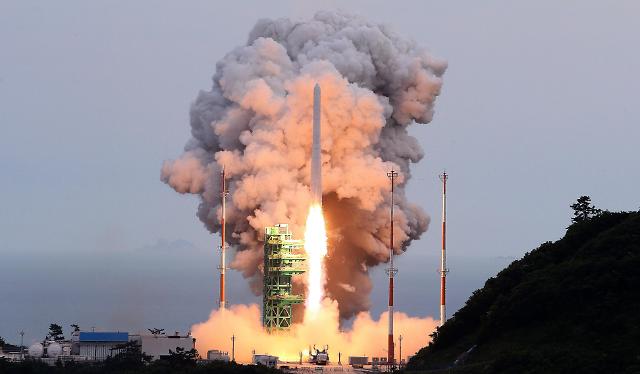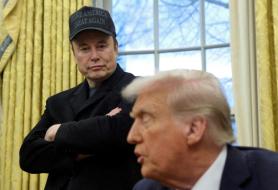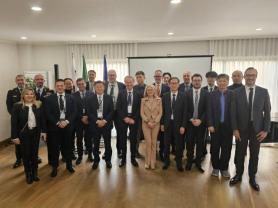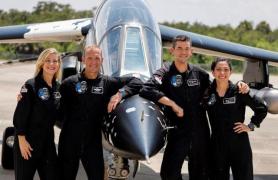
[Courtesy of the Korea Aerospace Research Institute]
The third Nuri carrying a commercial satellite started at a rocket launch site located in Goheung some 330 kilometers south of Seoul at 6:24 p.m. (0924 GMT) on May 25. The rocket was originally scheduled to be launched at 6:30 p.m. on May 24 but it was postponed because of technical problems found about two and a half hours before launch.
At a briefing held after the launch, science minister Lee Jong-ho told reporters that the third launch of KSLV-2 was carried out successfully. He added: "In the case of the next-generation Small Satellite Number Two, we have confirmed that its signals were received from King Sejong Station in Antarctica."
Seven satellites were separated from Nuri without any problems, the minister said, adding that additional time is necessary to verify the eighth satellite's deployment.
Lee highlighted the role of Hanwha Aerospace, an aircraft parts maker involved in the overall preparation process. Nuri will be launched three more times from 2025 until 2027 as a state project to upgrade domestic projectiles. Hanwha Aerospace will oversee the assembly of rockets and operate the launch along with the Korea Aerospace Research Institute.
The first Nuri carrying a dummy satellite was fired into space in October 2021, putting South Korea among the ranks of countries that can develop a rocket capable of carrying more than one ton of payload into orbit. However, it failed to put the satellite into orbit. The second Nuri was successfully sent into space to place an actual satellite into orbit in June 2022.
Copyright ⓒ Aju Press All rights reserved.




